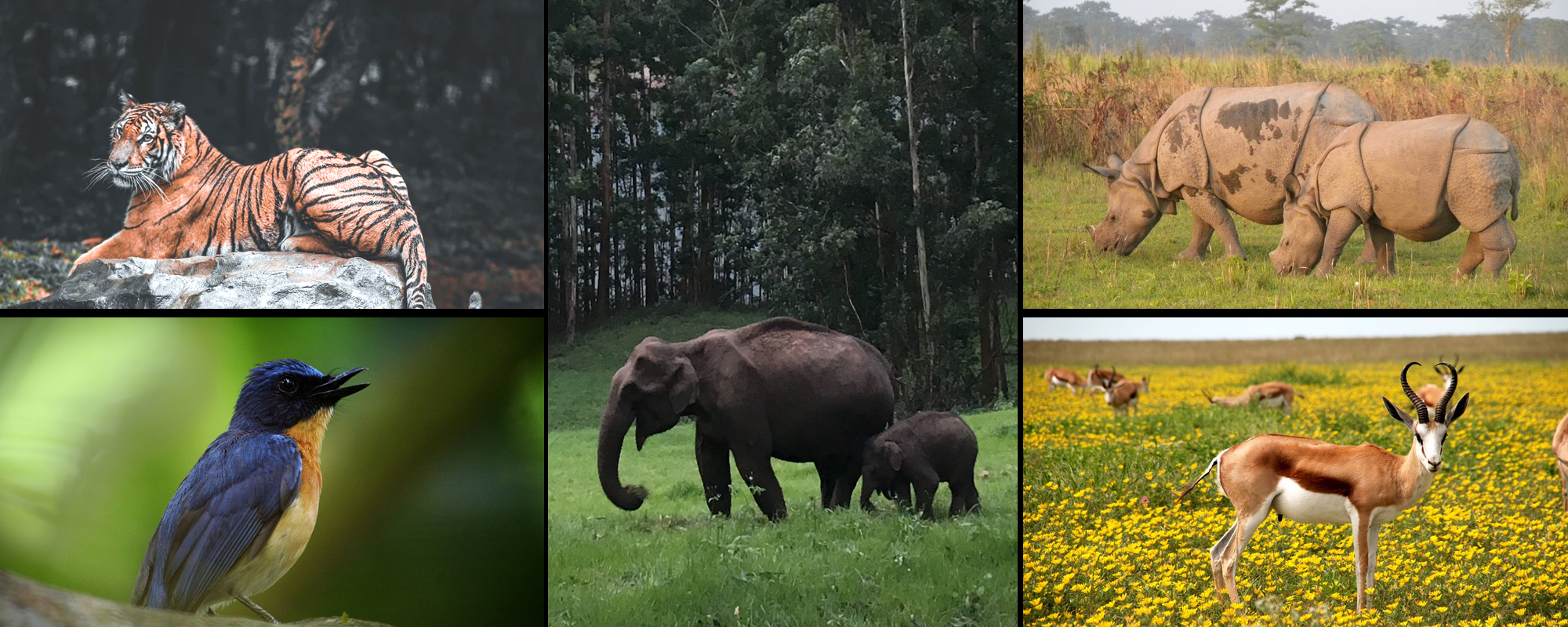
Immerse yourself in the pristine beauty and the spectacular topography of the Karakoram Wildlife Sanctuary and National Park located in the easternmost reaches of the Karakoram range of Ladakh region of Jammu and Kashmir state. A perfect place to spend some time away from the hustle-bustle of busy life, Karakoram Wildlife Sanctuary is one of the stunning and rare high-altitude sanctuary in the world that inhabits the endangered the Chiru or the Tibetan Antelope. This wildlife sanctuary has been extensively surveyed by many researchers for the distribution of the vegetation that comprises plants of medicinal values across the environmental ramp and habitat types.
Due to the harsh climatic conditions and cold weather, the vegetation and flora is not in abundance, however, a few medicinal plants can be seen here which includes 15 endangered species that are dispersed over distinct habitat types. Some of these plants include arnebia euchroma, Bergenia stracheyi, ephedra gerardiana, and hyoscymus niger. The wildlife sanctuary was established in 1987 with a wide-spreading area of 5000sq. kilometers. The Botanical Survey of India has called this wildlife sanctuary as an ‘’under explored area with regards to botanical knowledge’’ as many areas of the park are still unexplored due to its hilly and inaccessible terrain.
The Karakoram is part of a complex of mountain ranges at the center of Asia, consisting of the Hindu Kush to the west, the Pamirs to the northwest, the Kunlun Mountains to the northeast, and the Himalayas to the southeast. The borders of Tajikistan, Pakistan, China, India, and Afghanistan all converge within the Karakoram range, giving the region a great geopolitical importance. Explore the majestic and enchanting area by trekking in thrilling trails and doing jeep safari. A day or two spent here in the lap of nature and its bounty will revive and energize you to resume your day-to-day life.
The sanctuary has Natural Riverine Vegetation and Artificial Vegetation. The natural riverine vegetation comprises broad-leaved shrubs namely the Rosia webbiana, Ephedra, Caragianae and several other bushes. The artificial vegetation includes Salix spp., and populous eupheretica including Juglans regia and Prunus armanica.
Mammals: Tibetan Antelope, Ibex, Ladakhi Urial, Argali, Double Hump Camel, Tibetan Gazalle, Shapo, Bharal, Wild Yak, Snow Leopard, Lynx, Wolf, Red Fox, Himalayan Mouse Hare, Himalayan Marmot, Common Otter, Wooly Hare, etc.
Birds: Gadwall, Tufted Duck or Tufted Pilchard, Goosander or Merganser, Short-teed Eagle, Booted Eagle, Golden Eagle, Lammergeier or Boarded Vultures, Himalayan Snow Cock, Charur, Grey Plover, Lapwing, Little Gull, Blue Rock Pigeon, Bifurcated Lark, etc.
The climate in the sanctuary is mostly semiarid and strongly continental. The southern slopes experience some monsoon rains where the annual precipitation does not exceed 100mm and the northern slopes remain extremely dry. The average temperature during the warmest month is lower than 0 degrees Celsius in some heights and remains below 10 degrees Celsius in other parts.
The best time to visit the wildlife sanctuary is from April to October when the weather is bearable enough to explore the area and the snow is not too heavy.
Nearest Train Station: Jammu Tawi is the closest railway station from Ladakh at a distance of 700km which is well-connected with all the major cities of India. Cabs and buses are available from the station to reach Ladakh.
Nearest Airport: The nearest airport from the sanctuary is Leh Airport which is well-connected by a road network and cabs are available from the airport.
Road Accessibility : Karakoram Wildlife Sanctuary can be reached by a road network which is well-maintained and is accessible from all the major cities.
Copyright 2012-2022 Indiamap Digital Pvt Ltd. All rights reserved. Privacy Policy | Terms of Use